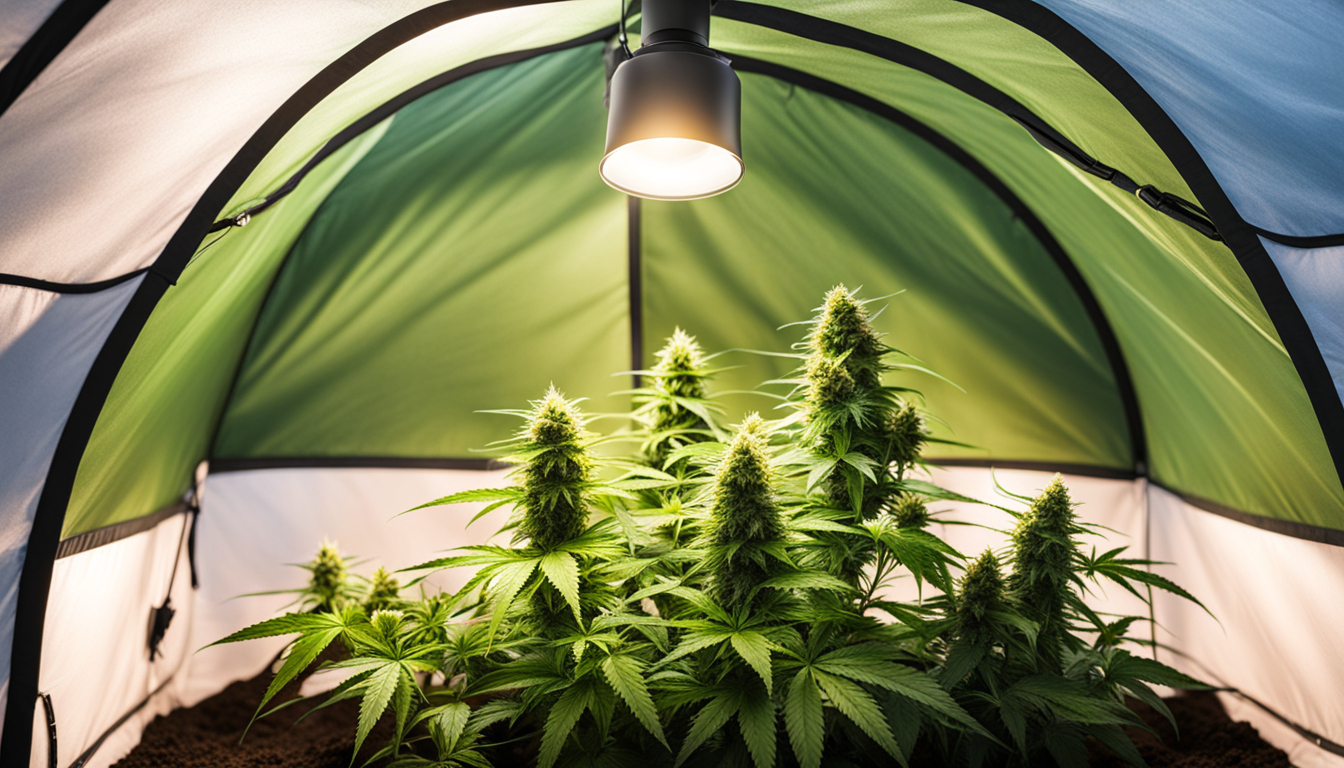
Whether you're new to weed production or looking to improve your existing harvest, following this complete guide will help you produce large, high-quality yields right at home. With the right gear, methods, and attention, cultivating cannabis indoors can be an extremely rewarding and cost-effective endeavor.
Choosing Weed Varieties
The first step in planning your indoor crop is choosing the right marijuana cultivars to produce. The three main types of pot plants each have their own characteristics.
Sativas
Known for their energizing intellectual effects, these strains spread tall and slender with narrow leaves. They flourish in tropical tropical climates and have a longer blooming time between 2.5-3 months indoors. Top energizing varieties include Sour Diesel, Durban Poison, and Jack Herer.
Indicas
Indicas provide calming body-focused effects and spread short and bushy with wide leaves. Accustomed to colder mountain climates, they bloom faster within 2-2.25 months. Popular relaxing varieties include Northern Lights, Bubba Kush, and Bubba Kush.
Mixed strains
Mixed varieties mix traits from both energizing strains and relaxing strains. They offer blended effects and have medium blooming periods around 9-10 weeks. Well-known hybrids are OG Kush, Girl Scout Cookies, and Blue Dream.
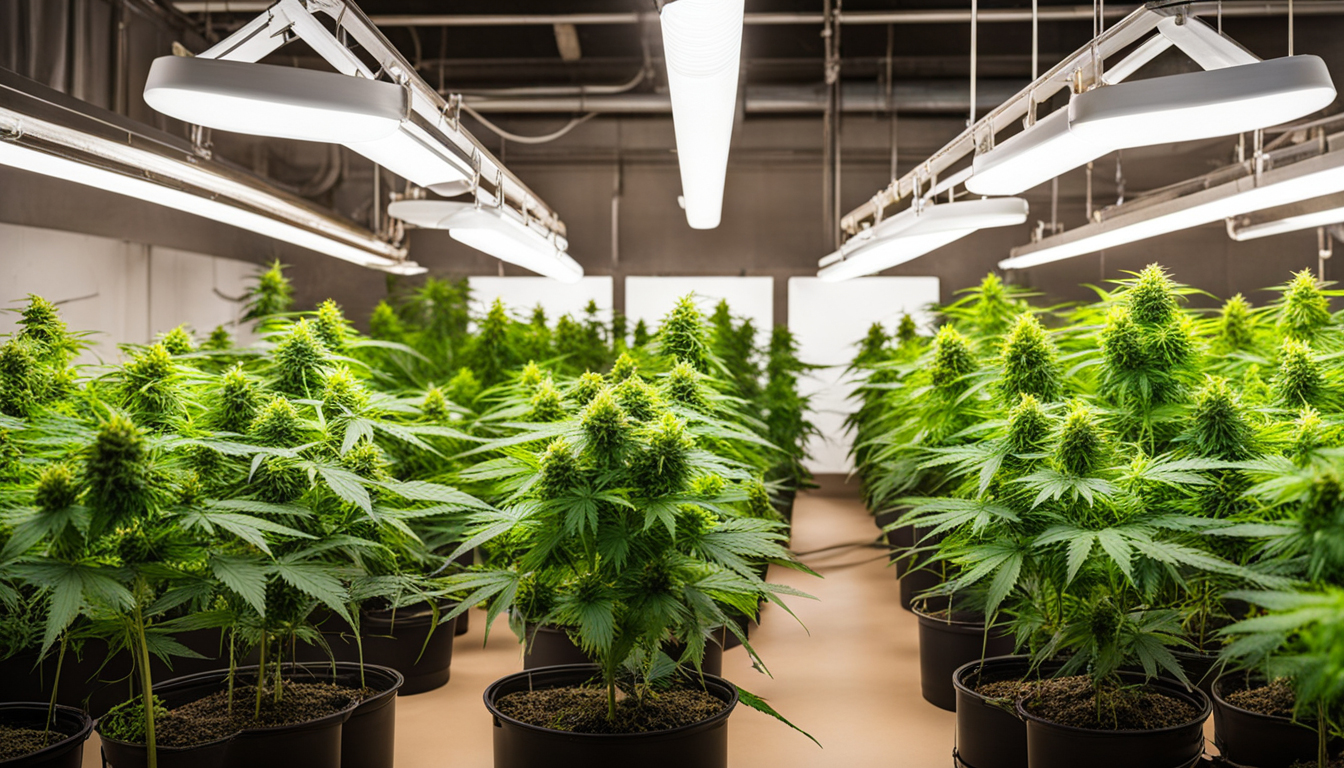
Setting Up Your Cultivation Space
Pot plants need the right controlled environment to succeed. Key factors for indoor farms are lighting, ventilation, layout, and finding the ideal discreet area.
Location
Choose an empty space with quick access to water and power outlets. An empty extra bedroom, unused closet, basement corner, or grow tent locked away in a garage all make great stealthy cultivation room spots.
Lights
Weed requires intense light for all vegetative stages. LEDs are energy-efficient and come in full spectrum options replicating natural sunlight. Provide 15-25 watts per square foot for the growth stage and 20-40 watts per square foot for bloom.
Ventilation
Proper airflow and exhaust systems keep ideal temperature, humidity, and fresh CO2 levels. Set up silent 10-15 cm blowers or carbon filters to circulate old air and eliminate smells.
Layout
Maximize your space by arranging plants carefully under the lights and allowing room to access and work around them. Set up separate zones for growth, flowering, curing, and cloning.
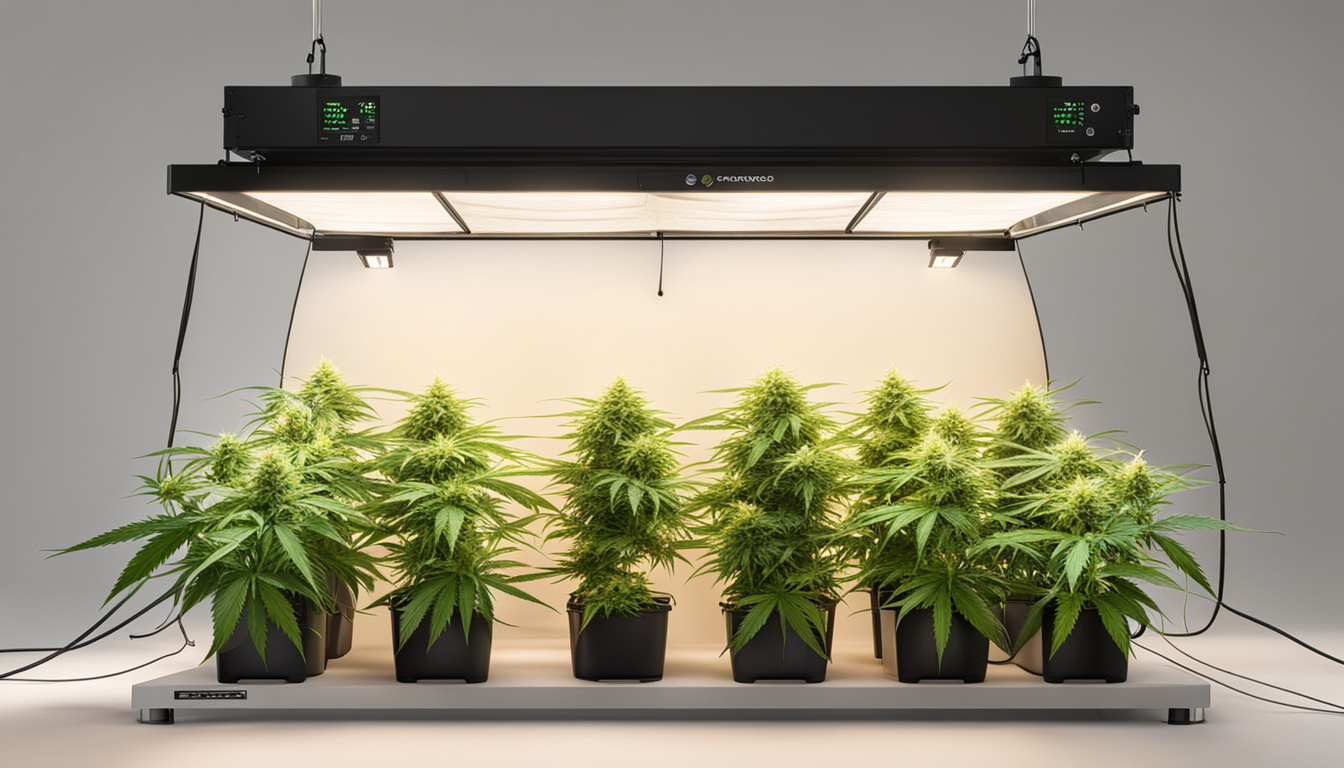
Growing Substrates
Cannabis can be cultivated in different mediums, each with benefits and cons. Pick a suitable option for your particular setup and growing style.
Soil
The traditional substrate, soil is cheap and simple for beginners. It provides excellent taste but requires more irrigation and fertilizing to nourish plants. Enrich soil with perlite or coir to improve aeration.
Coco Coir
Made from coconut husks, renewable coco coir holds water but still lets in air to the roots. It's cleaner and more consistent than soil. Use coir-specific nutrients to prevent calcium buildup.
Hydroponics
In water systems, plant roots grow directly in fertilizer water solution. This allows quick development but needs careful observation of water properties. DWC and drip systems are common methods.
Germinating Seeds
Germination prepares your pot seeds to begin growing radicles. This prepares them for planting into their cultivation medium.
Towel Method
Place seeds between moist paper towel and maintain them moist. Inspect after 2-7 days for emerging radicles showing germination is complete.
Direct Planting
Insert seeds right into pre-moistened growing medium 6mm deep. Gently water and wait 7-14 days until sprouts push through the surface.
Cubic rockwool
Soak rockwool cubes in balanced water. Place seeds 6mm deep into the cubes. Keep cubes moist until seedlings emerge within a week to 2 weeks.
Transplanting Young plants
Once germinated, pot seedlings need to be transplanted to avoid crowding. Move them into proper sized pots.
Preparing Containers
Fill final containers with cultivation medium enriched with time-released nutrients. Allow containers to absorb water for 8-12 hours before repotting.
Gently repotting
Gently separate young roots from sprouting medium using a spade. Put into prepared container at same depth as before and lightly water in.
Vegetative Stage
The growth stage encourages foliage and plant form through 3/4 to full day of daily light exposure. This stage usually lasts 4-8 weeks.
Providing 18-24 Hours of Light
Use lamps on a 24 daily schedule or outdoor light to initiate nonstop Donate Here photosynthesis. Light intensity influences size and internodal spacing.
Fertilizing
Use vegetative stage fertilizers richer in N. Make sure pH remains around 5.8-6.3 for full fertilizer uptake. Fertilize 25-50% concentration after 14 days and strengthen slowly.
LST and topping
Fimming, LST, and trellising direct shoot shapes for flat foliage. This boosts yields.
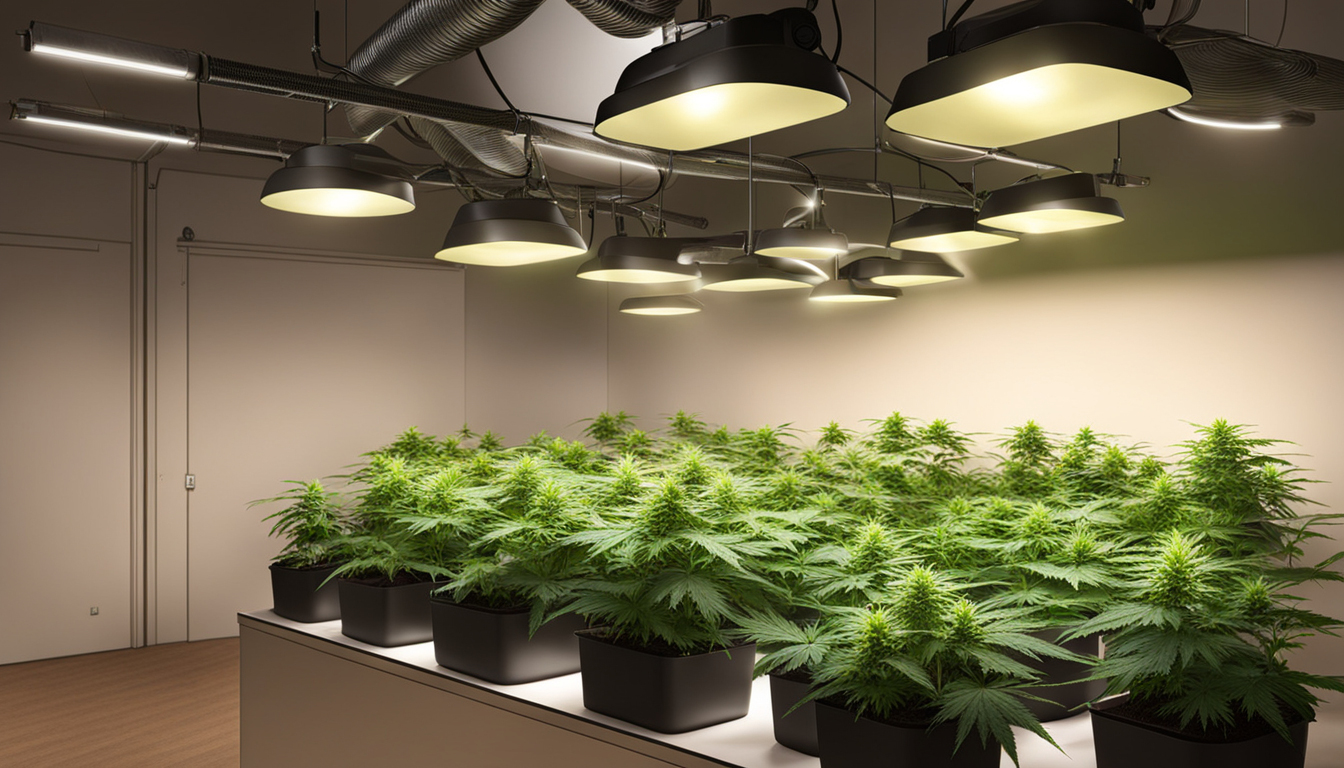
Bloom Stage
The blooming stage develops buds as plants show their sex under a 12/12 cycle grow cannabis fuide timing. It lasts 8-12 weeks depending on variety.
Switching to 12/12
Change lamps to 12 hours on, 12 hours off or move outside for outdoor 12/12 timing. This signals plants to begin blooming.
Stop Fertilizing
Flushing flushes out nutrient salts to enhance taste. Fertilize lightly the first period then just use plain water the final 2 weeks.
Flushing
Maintain 12 hour photoperiod but flush using pH-balanced water only. Return to plain watering if buds aren't ripe after two weeks.
Reaping
Knowing when cannabis is completely mature ensures maximum potency and aroma. Harvest plants at peak ripeness.
Signs of readiness
Look for fading pistils, swelling calyxes, and 5-15% cloudy trichs. Check buds around the plant as they won't all ripen evenly.
Harvesting plants
Use sterilized, razor-sharp pruning shears to gently slice each plant at the base. Leave 5-10cm of stem attached.
Drying
Suspend whole plants or colas inverted in a dark room with moderate temperature and RH around 45-65% for 7-14 days.
Aging
Curing keeps desiccating while aging the buds like aged spirits. This process smooths bitterness and further develops cannabinoid contents.
Jars and Humidity
Manicure dried buds from branches and store into glass jars, packing about 3⁄4 full. Use a sensor to measure container humidity.
Opening jars daily
Unseal jars for a short time daily to gradually lower moisture. Remoisten buds if RH drops below 55%.
Long term storage
After 2-3 weeks when moisture stabilizes around 55-65%, do a final manicure and store Click Here forever in sealed jars.
Troubleshooting
Even experienced cultivators run into various marijuana plant problems. Identify problems early and fix them properly to keep a strong garden.
Poor feeding
Yellowing leaves often signify insufficient nitrogen. Anthocyanins and leaves show low phosphorus. Check pH and boost nutrients gradually.
Bugs
Spider mites, fungus gnats, mites, and nematodes are frequent weed pests. Use organic sprays, ladybugs, and yellow traps for natural control.
Mold
Excessive humidity promotes botrytis and bud rot. Increase airflow and circulation while reducing humidity below 50% during bloom.
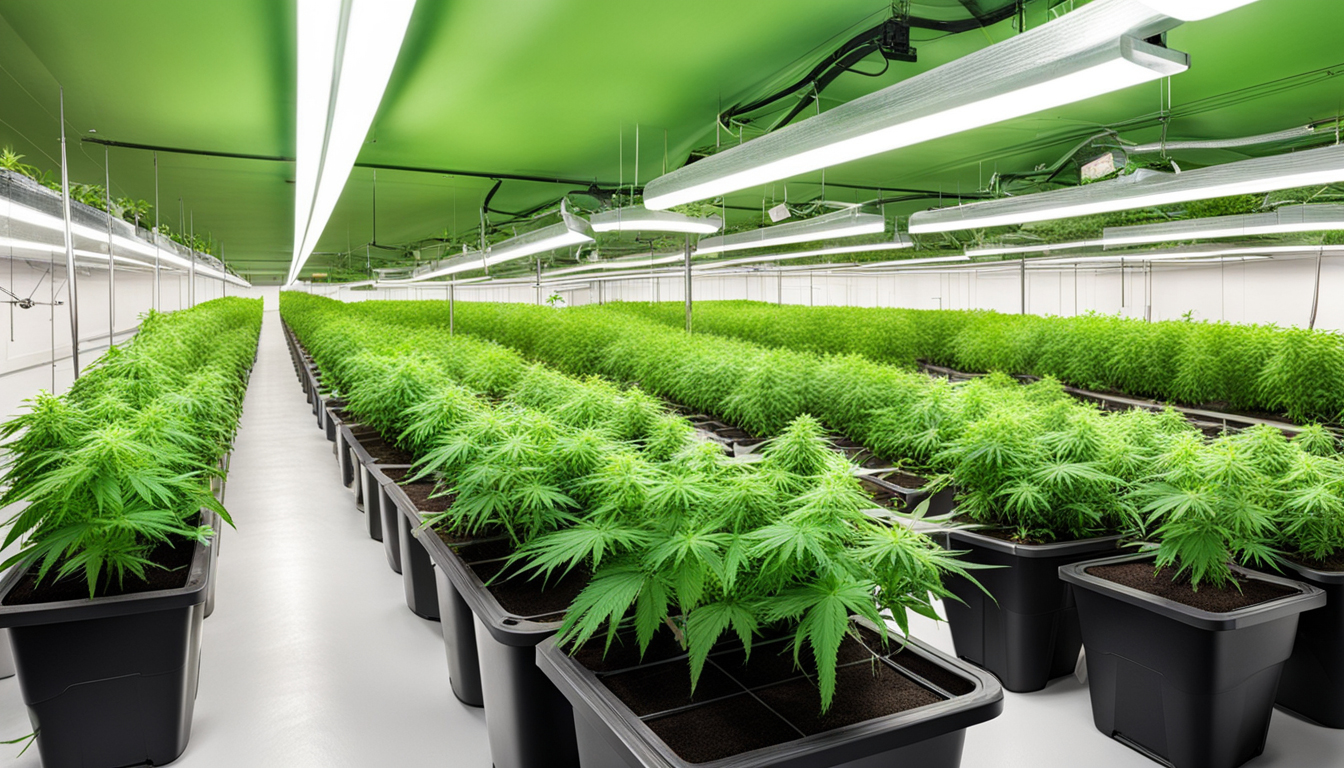
Summary
With this complete indoor pot cultivation guide, you now have the knowledge to grow bountiful strong buds for private harvests. Follow these steps and methods during the seed starting, growth, and bloom stages. Spend in quality equipment and carefully monitor your plants. In time, you'll be compensated with sticky fragrant buds you grew yourself under the loving care of your green thumbs. Happy growing